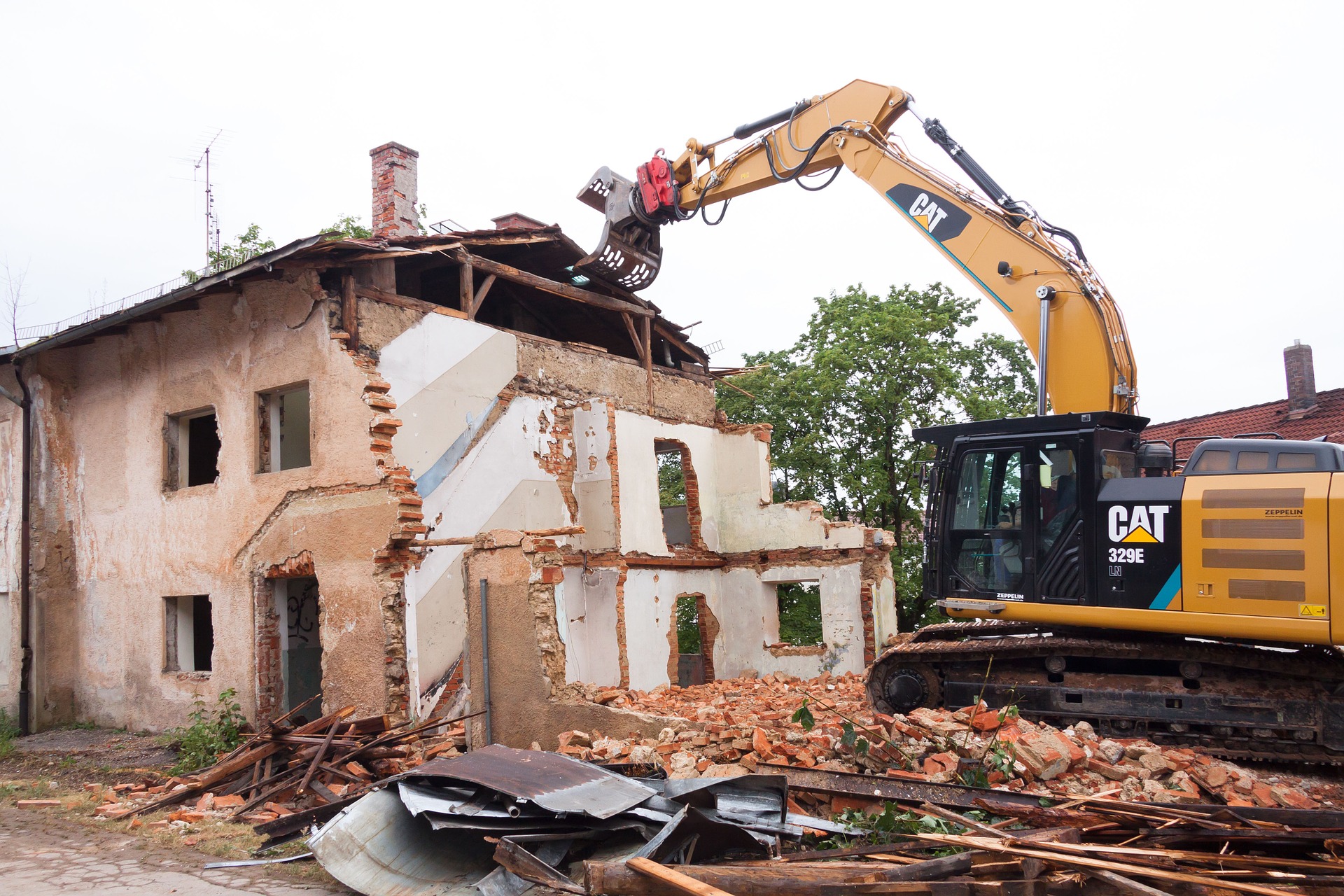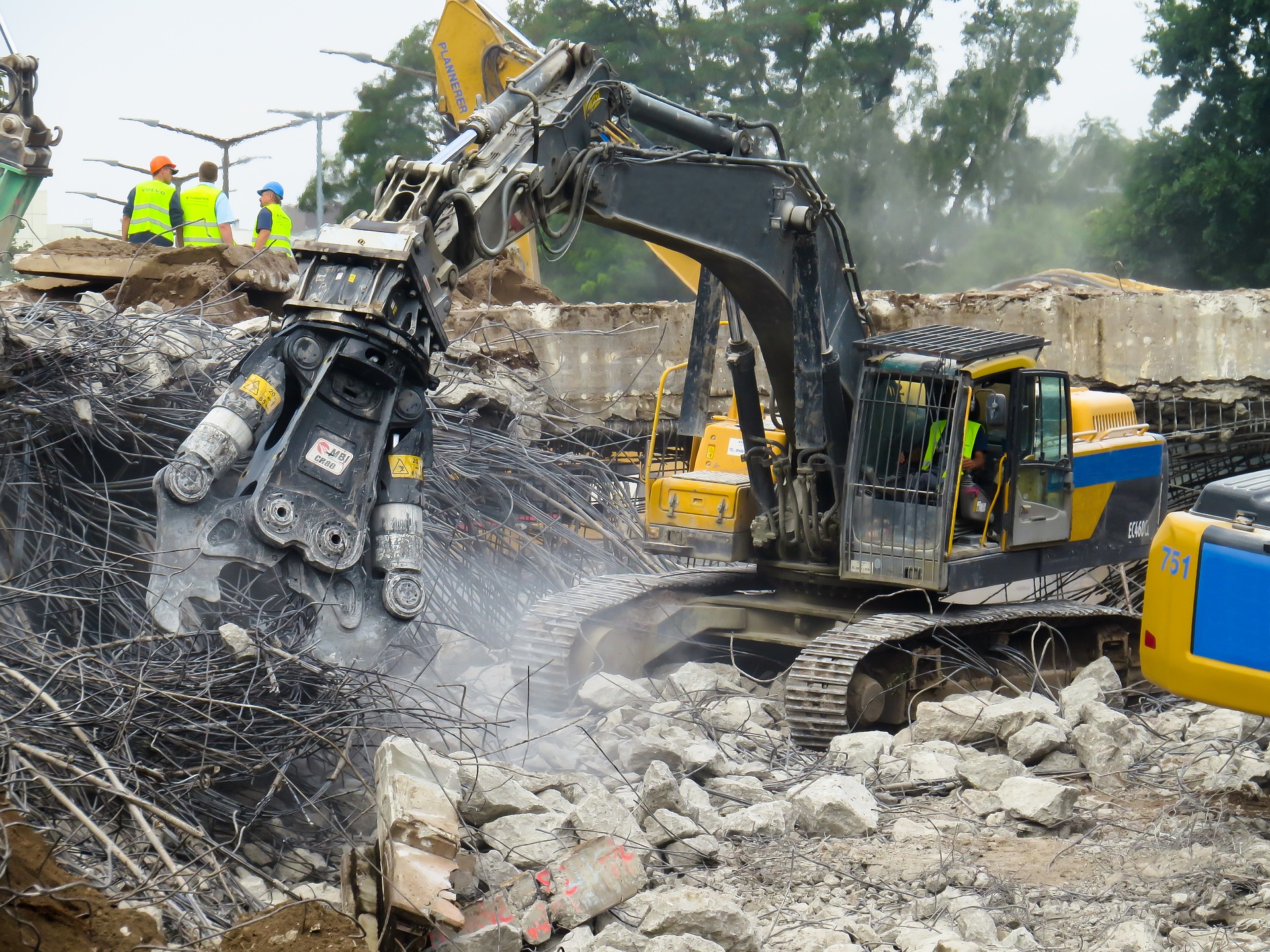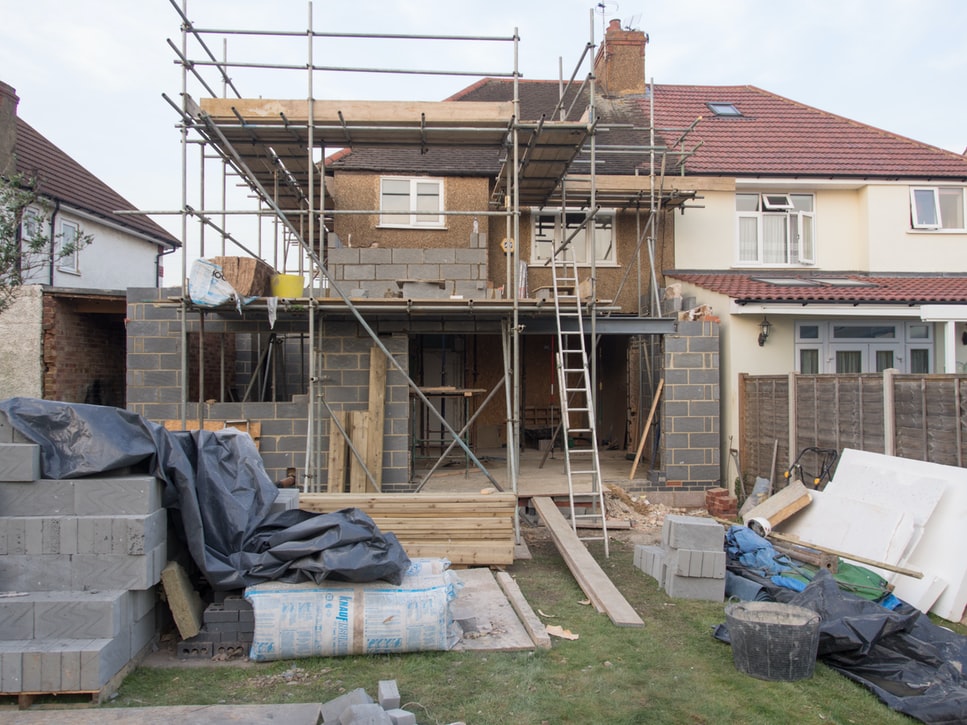Types of House Demo Processes

Thinking about demo-ing your home or only a part of it? Read this first!
Every building has a lifespan and expiration date. Some can have a lifespan of up to a hundred years. But like every other artificially made thing, buildings become unsafe at the end of their lifespan. At this point, they have to be demolished. Demo or Demolition is the planned and controlled destruction and dismantling of an expired structure. Construction workers consider it the most thrilling and interesting part of their job, and that is understandable. Most people would agree that it is satisfying to watch a building being torn down. It is worthy of note that demolition is not only about swinging wrecking balls. For a demolition process to be carried out, trained experts like Bison take into consideration weather conditions, mass, materials, and debris. Also, the method of demolition varies depending on the type of building. With the continuous growth of the construction industry, it is projected that demolition work will increase by 3.3 percent by the year 2022.
Pre-demolition Process
Adequate planning goes into demolition. Before it is embarked on, experts carry out the following processes to decide which method is best suited for the job.
1. The first process is carrying out a survey. This survey is done to find out the characteristics of the building to be torn down. They typically include the building materials, method of construction, the neighborhood, and the present state of the building.
2. Once the survey is complete, hazardous materials like asbestos, radioactive substances, and combustible materials are removed by trained personnel.
3. Next comes the demolition plan that will be designed by the hired experts. This plan will contain the method to be employed and the equipment needed.
4. Lastly, safety measures are put in place to protect site workers and all other personnel that will be present on the site. Part of the safety measure also involves getting all the necessary permits needed for the job.
Visit here to learn more about hazardous building materials.
Types of Demolition
The process of breaking down buildings no doubt is fun to watch, sadly, not all demolitions are done with explosives. Very commonly, especially in crowded cities, explosions are hardly used. Let’s dive deeper into the different types of building tear down process.
1. Excavator Demolition
This method is mostly employed for smaller structures such as homes and offices. Taller buildings of 60 feet and above that underwent masonry and contain large steel beams are brought down using the high reach excavator. Demolitions done with this heavy-duty machine are safe and clean, with less noise and debris.
This process is carried out using the affixed attachments on the excavator. Common excavator attachments are hydraulic hammers, crushers, and shears. With the help of the excavator, the operator tears the building down. The bigger pieces are then reduced to rubble by the ground workers.
2. Building Implosion
Implosion is the method people love to see. Unfortunately, it accounts for less than 1 percent of demolition projects. It involves blasting the main supports of a building using explosives. In this process, the building collapses from the inside out.
Implosion is usually done in two ways depending on the space available around the marked area for demolition. If there is ample space, either of the right or left columns of the building are blasted causing it to fall to the side. This process is often aided with cables attached to the building for a safer fall. On the other hand, if there is limited space, the lower support and middle section are blown out.
The implosion method follows five steps. First, blasters (explosive experts) study the building’s blueprints to decide which areas to blast. Secondly, the site crew prepares the site by weakening the integrity of the columns and setting up a fence around the area to prevent debris from flying around.
Next, the type of explosives to be used is decided upon. This decision is dependent on the type of material the building was made from. For blasting concrete columns, dynamites are the best option because they release strong shockwaves. While for obliterating steel beams and structures, RDX explosives get the job done.
The fourth step involves placing the explosives in the marked areas. Support columns are usually the areas most blasted. The fifth and final step is timing the detonation of the explosives. Ample time is set for workers to get to safety before the explosives go off.
3. Wrecking Ball Demolition
This method uses massive steel attached to a crane. The metal ball can weigh as much as 12,000 pounds making it ideal for smashing and brute destruction. To break down a building, the steel ball is swung into the building, supported by gravity and inertia.
Other methods used in this demolition process involve dropping the ball from a great height on the building or swinging the wrecking ball by spinning a crane. The trick behind the use of the wrecking ball is to generate enough momentum to crash heavily into the building.
This demolition type comes with one notable advantage and disadvantage. The former is that it is quick and inexpensive while the former is that it produces a lot of debris and requires a very skilled operator to use it safely. Read this article to better understand wrecking balls and their uses.
4. Selective Demolition
Because the world is becoming more environmentally conscious, selective demolition is increasingly becoming popular. In this method, the structure of buildings to be demolished is retained because only specific areas are removed. The selective method is perfect for renovation and remodeling of homes and offices.
There are three main steps involved in this destruction method. They are:
- Site preparation: Trained technicians such as electricians, plumbers and mechanics are deployed to carry out various tasks. Plumbers are to seal off all pipe openings, while electricians are responsible for killing all the power to the building. Temporary lights are then installed to aid further processes.
- Removal of nonstructural parts: Every part that isn’t important is striped away leaving only the building’s structure.
- Debris recycling: Once all the irrelevant components have been removed, they are sorted out for recycling.
Final Thoughts
Demolition is a very complex process and should never be carried out by untrained personnel. To protect lives, landlords are obligated to call for demolition when their buildings reach the end of their lifespan. If you are unsure about the level of integrity of your building, reach out to authorized companies that specialize in these areas.







